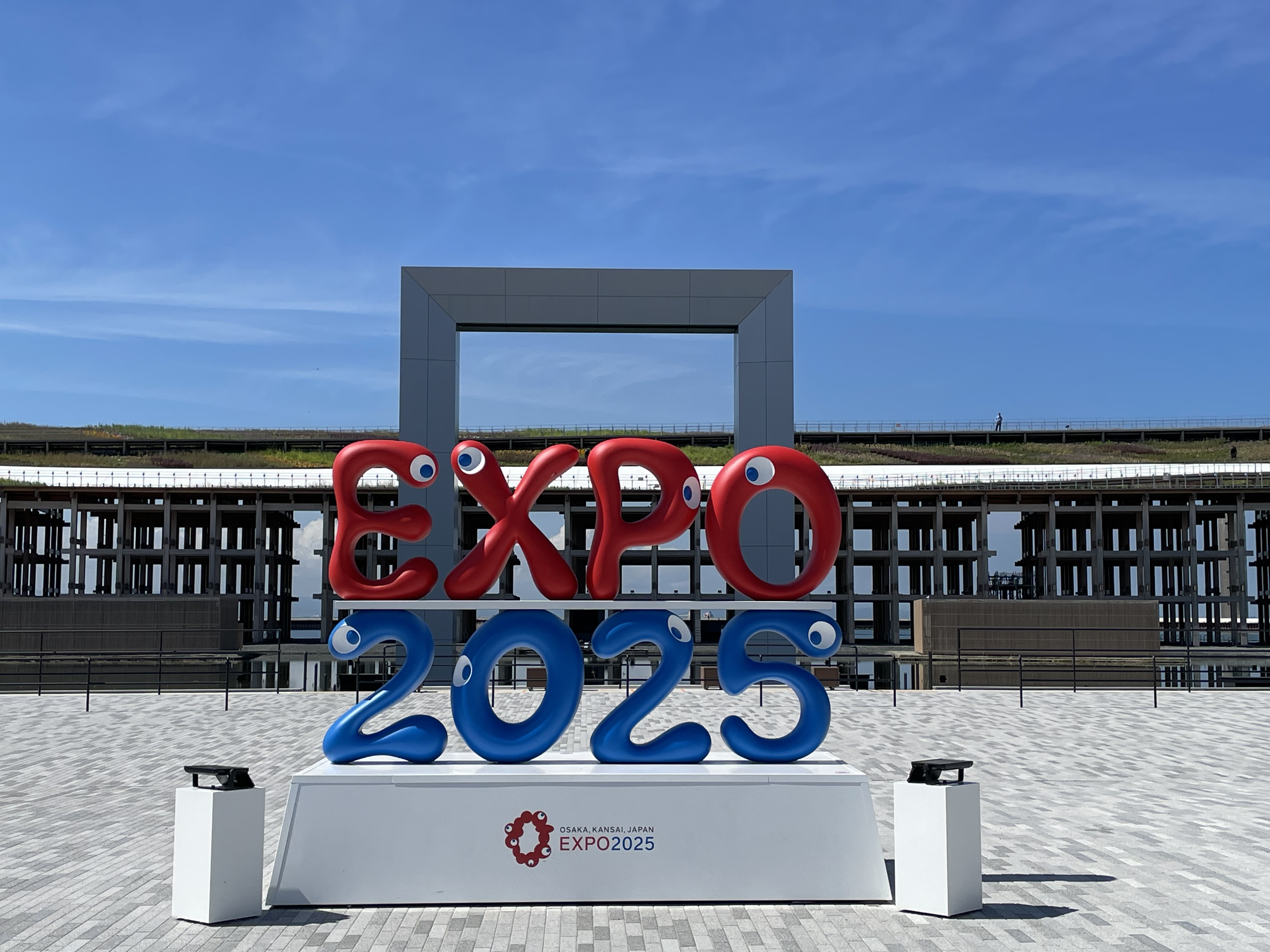
World Expos have always been a place where countries showcase their technological feats as well as showcase the cultural spirit of their nation to the international community. At Expo 2025 Osaka, the Korea Pavilion stands out by combining modern creativity with traditional depth. It is not just a space to showcase; it is a space to illustrate Korea's vision for the future while staying true to the values that have shaped Korea in the past.
To understand this experience at the ground level, I spoke with David in an exclusive interview from July 25-29, a content creator who has been sharing the Expo experience with audiences across nations through his videos. As part of his visit, he attended the Korea Pavilion and shared what made the experience distinctive in comparison to other pavilions. His reflections identified the pavilion not just as an impressive demonstration of design, technological appeal, or art, but also as a discovery of and connection to values of Korean culture that resonated with visitors.
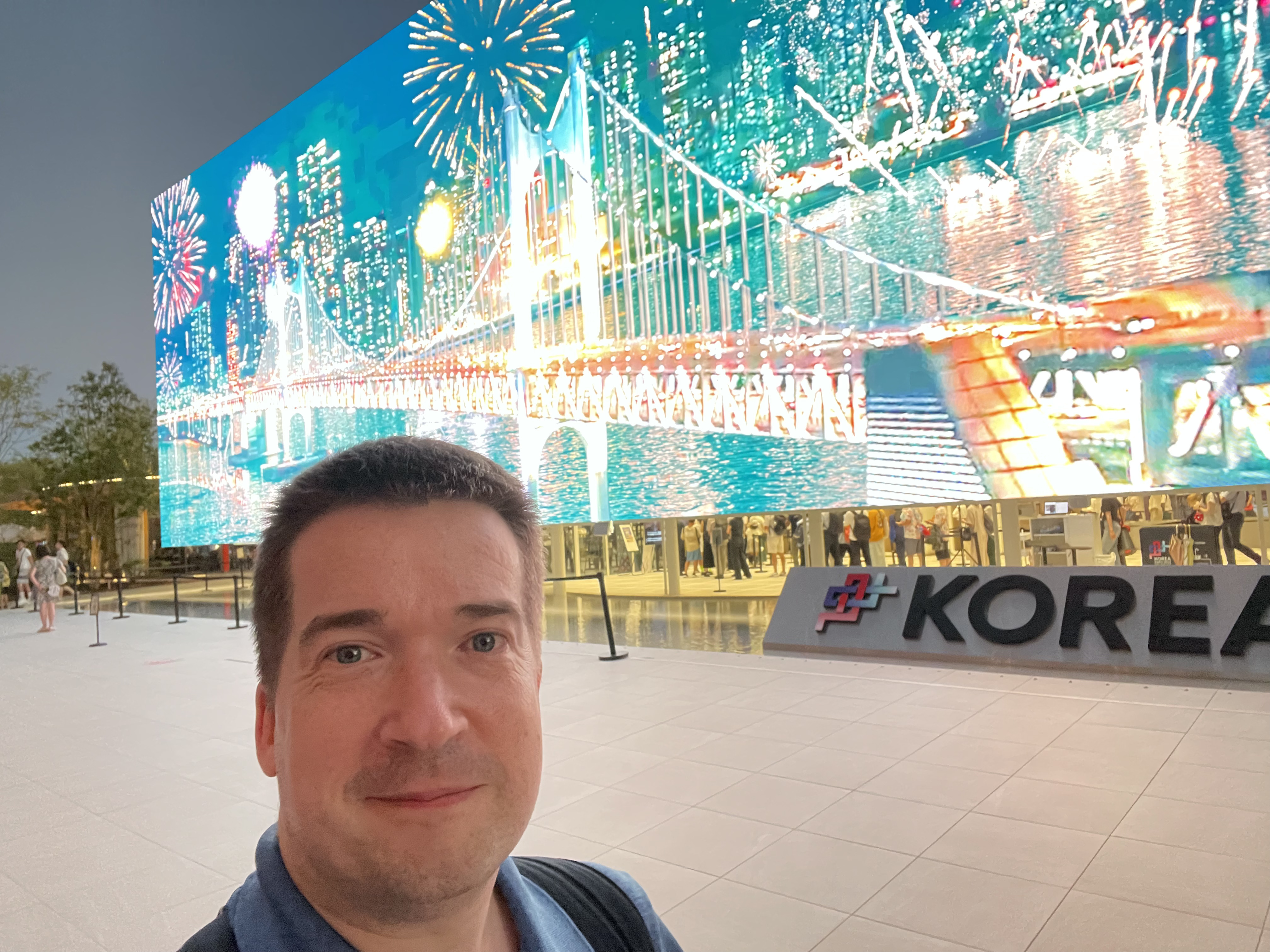
Q1. To begin with, could you introduce yourself and your YouTube channel, David in Osaka, for readers who may be discovering your work for the first time? What led you to start documenting daily life and events in Osaka through your videos?
My name is David. I’m an English teacher and have been living in Osaka for 11 years since moving from the UK. I started the channel because I felt Osaka didn’t get as much credit as it deserves when people talk about Japan. Many visitors think of Tokyo as the main destination, but I’ve always loved Osaka and wanted to share everything that makes it special to me, while also showing the broader cultural exchanges happening here, such as those with Korea.
Q2. What motivated you to cover Expo 2025 on your channel, and how has the response been from your viewers so far, especially those interested in Korea’s participation?
We’ve been talking about the Expo for over five years now, so it felt natural to cover it. It’s exciting that Osaka has the chance to host such a major international event and represent both Japan and the Kansai region. I was also happy to be one of the first foreigners to publish a video about it, and it turned out to be my biggest debut video. The video featuring the Korean Pavilion is one of my most popular as well. I think there's a growing interest in Korean culture, especially among younger audiences, and that definitely contributed to the strong response.
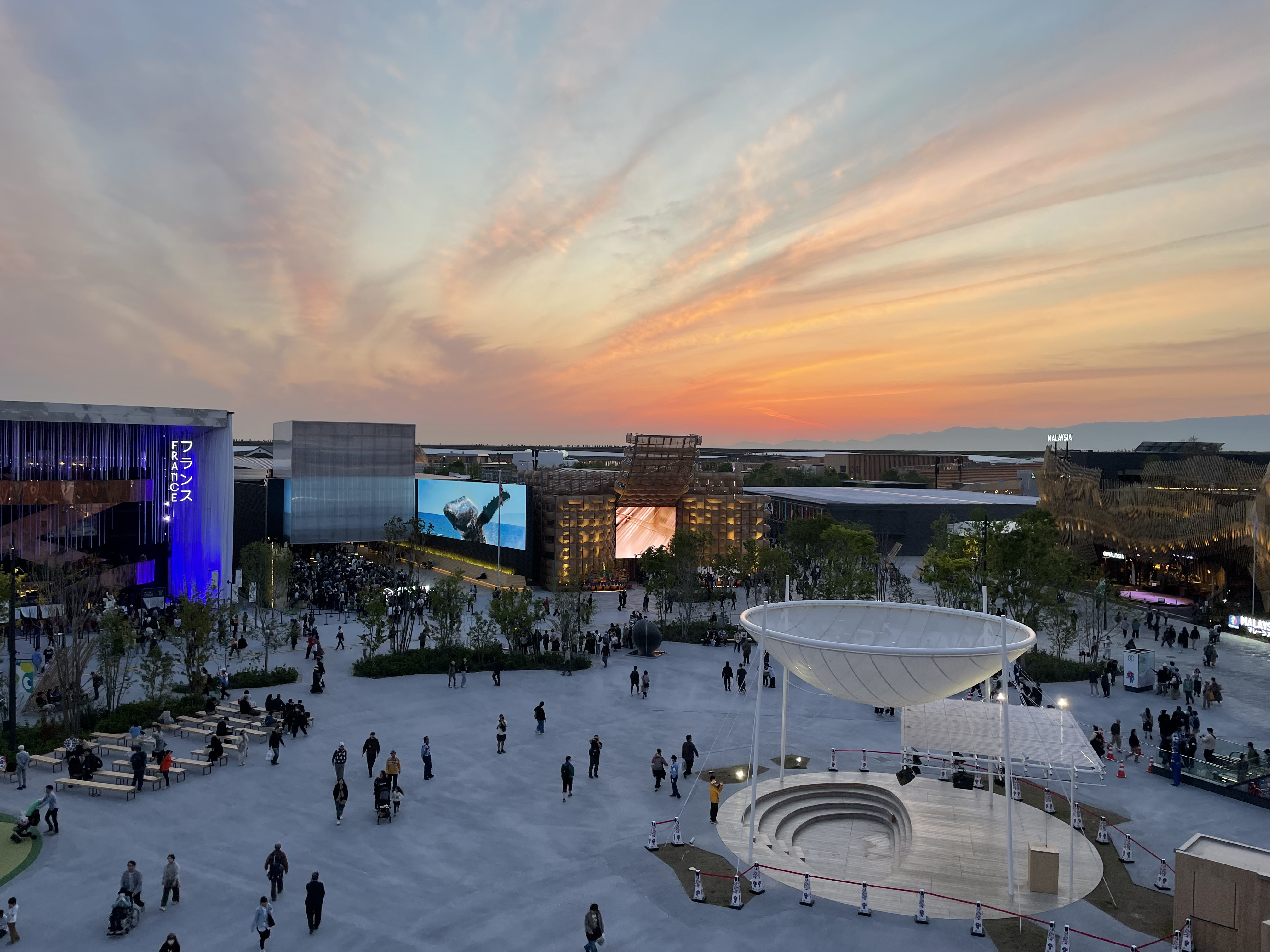
Q3. How did you prepare to document the Korea Pavilion at Expo 2025? Were there any particular angles or themes you wanted to focus on?
For all the pavilions, I tried to go in with as little prior information as possible. Since you usually can’t tell much about what’s inside just by looking from the outside, I wanted the experience to be fresh and authentic. With the Korea Pavilion, I was especially curious about the surprises it might have in store and how it would choose to represent itself, particularly in comparison to other Asian countries. I was also interested in how it would blend modern technology, culture, and design to engage visitors. That’s something Korea tends to do really well, and I wanted to capture that strength for my viewers.
Q4. In your visit to the Korea Pavilion, what elements stood out to you the most, whether in terms of storytelling, technology, or cultural presentation?
What stood out to me the most were the distinct zones within the pavilion. The first area featured an expressive light show that immediately captured attention. The second space took on a more reflective tone, with "plastic fossils" that really made me think about the long-term impact of our actions and how they might be viewed hundreds or even thousands of years from now. The final zone was more musical and emotional, using technology to tell a very human-centred story. That combination of creativity and emotion felt very characteristic of Korea’s approach to cultural presentation, which really left a strong impression.
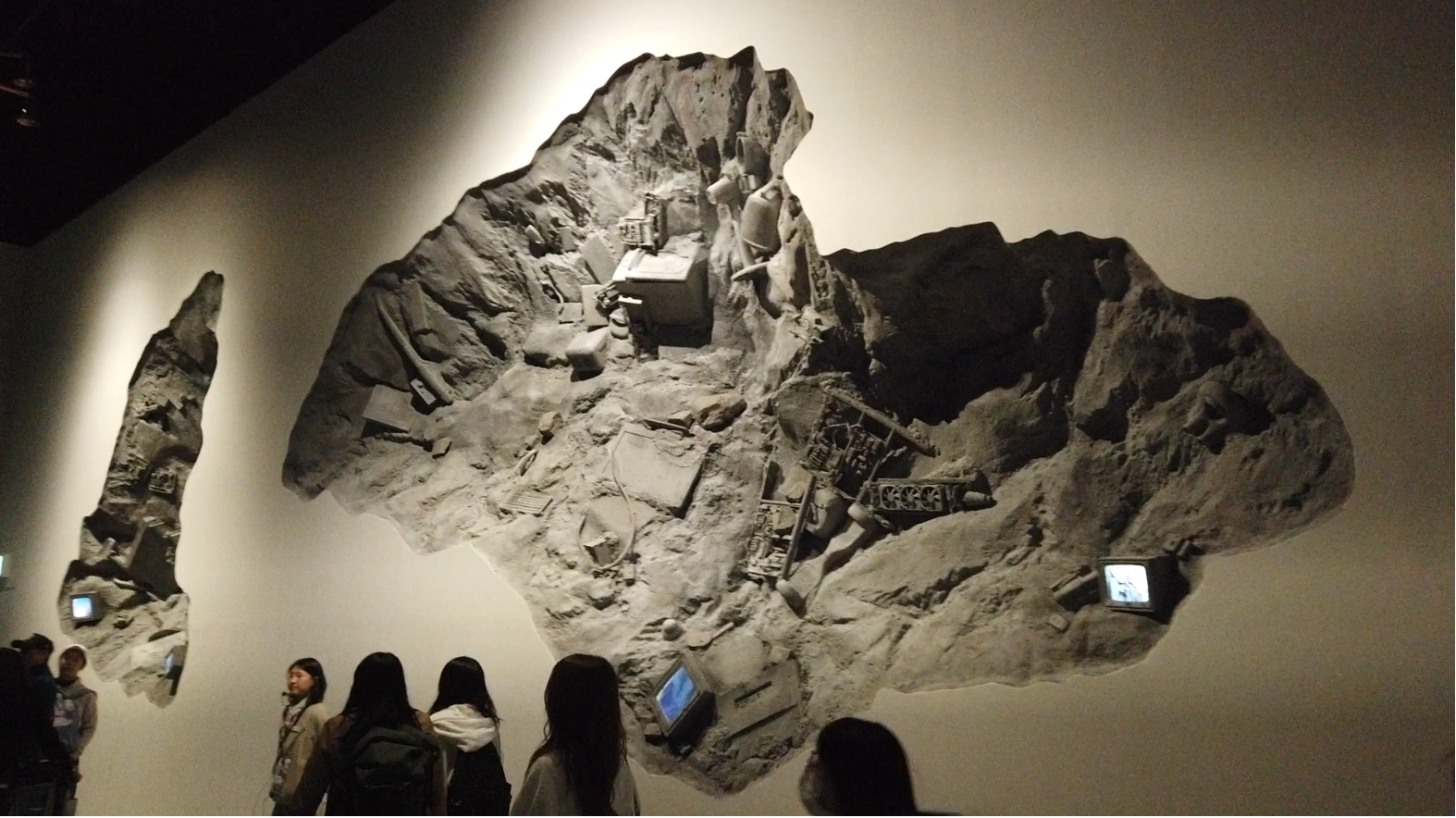
Q5. Were there any specific exhibits, performances, or messages within the Korea Pavilion that you felt resonated well with Korean, Japanese, and international visitors?
I think many people today strongly associate Korea with music, especially with the global rise of K-pop and Korean culture. So, using music as a central storytelling element was a very effective choice. The way the pavilion presented a touching story about connecting with your family, friends, and even your cultural roots allowed the message to resonate beyond language barriers. Whether you were Korean, Japanese, or from anywhere else in the world, that emotional connection through music was something everyone could feel and understand. It really highlighted Korea’s ability to create a universal message from something deeply rooted in its own culture.
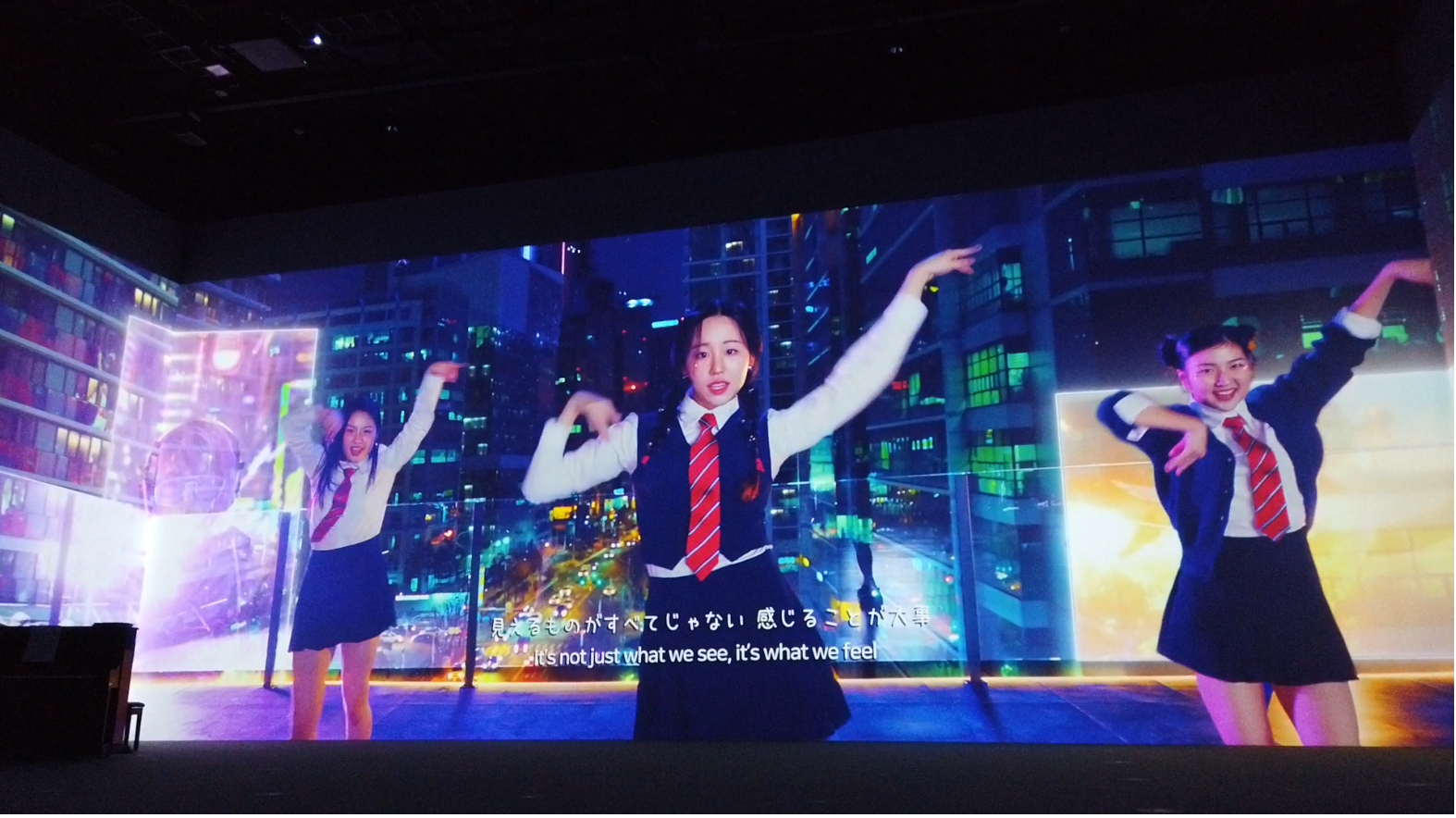
Q6. Your content is often praised for its observational and honest tone. How did you aim to portray the Korea Pavilion to your global audience, especially those watching from outside Japan?
I think it's important to show that you can be genuinely positive about something while still being honest. I’m not interested in chasing views through negativity or sensationalism. For the Korea Pavilion, I really wanted to respect the effort and creativity that clearly went into its design and storytelling. Even if I don’t consider myself the most artistic person, and some of the more abstract concepts were a bit beyond me, I still wanted to give it the fair and thoughtful coverage it deserved. My goal was to share what made it special in a way that felt real and respectful to both creators and viewers.
Q7. As someone covering the Expo independently, what were some of the challenges or surprises you faced while filming or editing content related to Korea’s presence?
I think the biggest challenge in covering all the pavilions, including Korea’s, was actually just getting access to them. The reservation system has been quite strict and often frustrating, which has made it tough to plan things smoothly. The Korean Pavilion was no exception. That said, I was pleasantly surprised to find that in the evening, I could enter without a reservation and didn’t have to wait too long. It was a bit of a relief, especially as an independent creator trying to manage time and content across multiple locations.
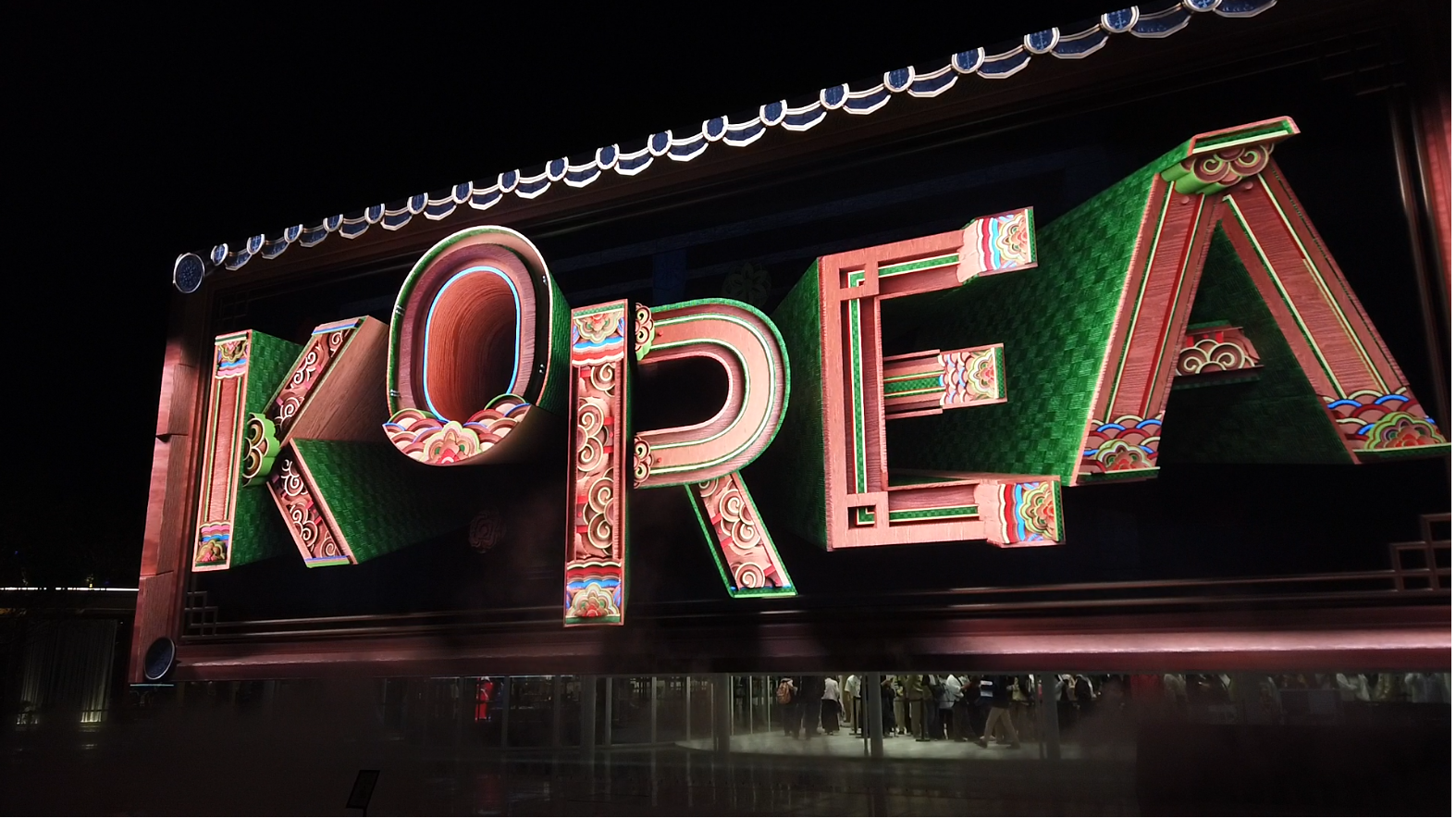
Q8. How do you think the Korea Pavilion compares to other national pavilions in terms of narrative and visitor experience?
I think the Korea Pavilion did a good job of balancing different creative approaches: artistic, technological, and emotional. A lot of other pavilions tended to focus on just one of those aspects, which sometimes made them feel a bit one-dimensional. In contrast, Korea’s presentation managed to be visually striking, emotionally engaging, and thoughtfully put together. That kind of balance made the whole experience more memorable and impactful.
Q9. Korea’s approach to global exhibitions often blends tradition with futuristic elements. How do you feel this spirit is reflected in the Korea Pavilion’s design and content?
I think one of the most striking examples of this blend is the large LED screen at the front of the pavilion. It features a wide range of visuals, from ultra-modern and futuristic effects to more traditional scenery and patterns, especially when text is displayed. The variety is impressive enough that you can watch it for several minutes without seeing a repeat. I really enjoyed that dynamic display.
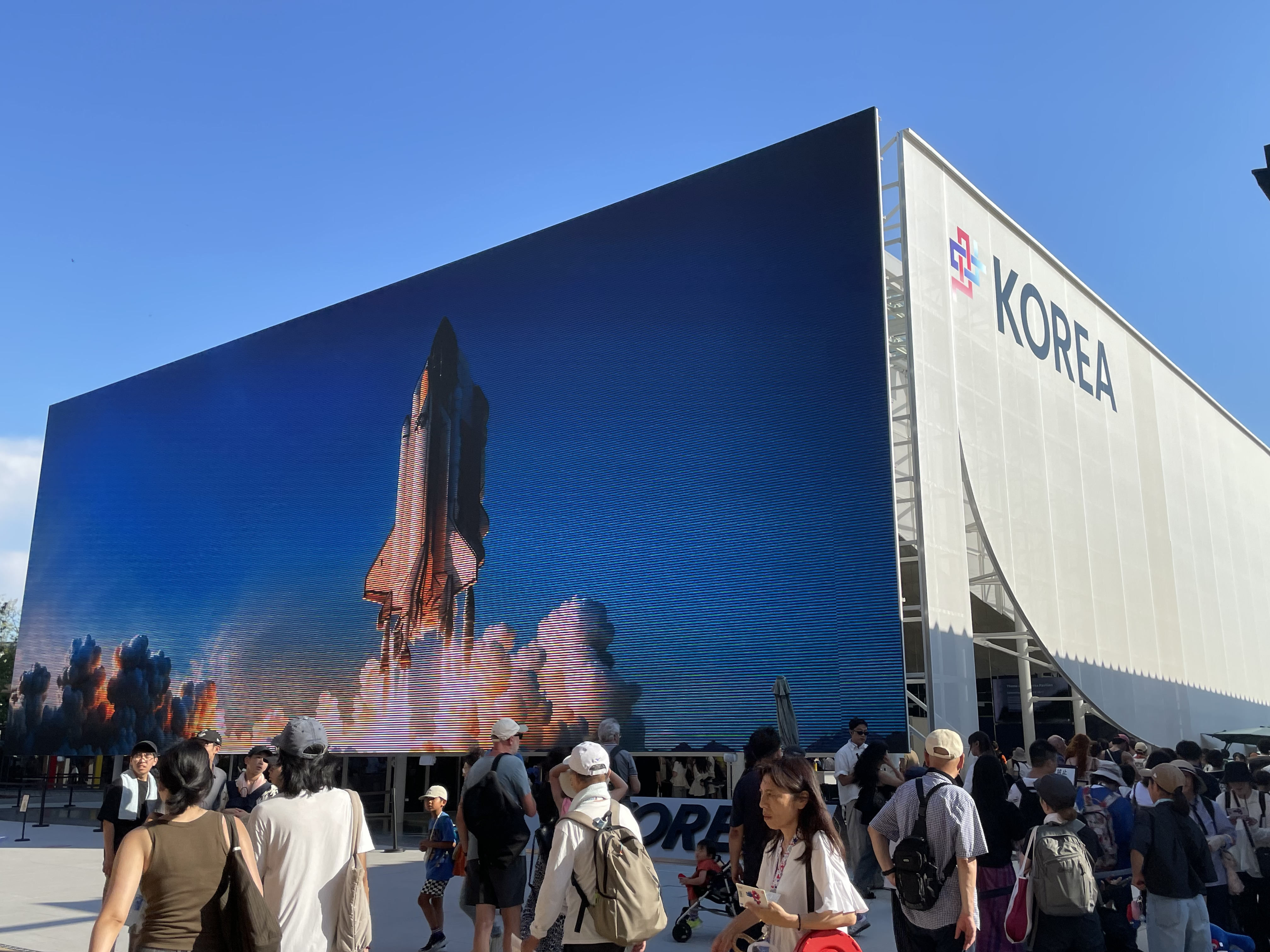
Q10. The Korea Pavilion centres on the theme of a sustainable and inclusive future. How do you think this theme was communicated through the exhibits, technology, and storytelling?
The second area of the pavilion really made me reflect on environmental themes. The modern "plastic fossils" peeking out from the walls were a striking visual that made me think about the lasting impact of our current actions. We’re used to discovering artefacts from ancient civilisations, but I had never considered what kind of artefacts future generations might find from our modern world. It’s a powerful reminder of the legacy we’re creating and the responsibility we have towards sustainability.
Q11. Were there any specific sections or installations within the pavilion that you found particularly engaging or unexpected? How did you approach filming or showcasing those moments?
The first area was very unexpected. In the entrance lobby, we were invited to share a short voice sample of what is important to us, and those samples were later used in the soundtrack to the first area. I thought that was such a creative way to engage the audience in the message of the display. It set the tone for how Korea wanted to connect visitors’ personal voices with the country’s own cultural story, which made it especially memorable.
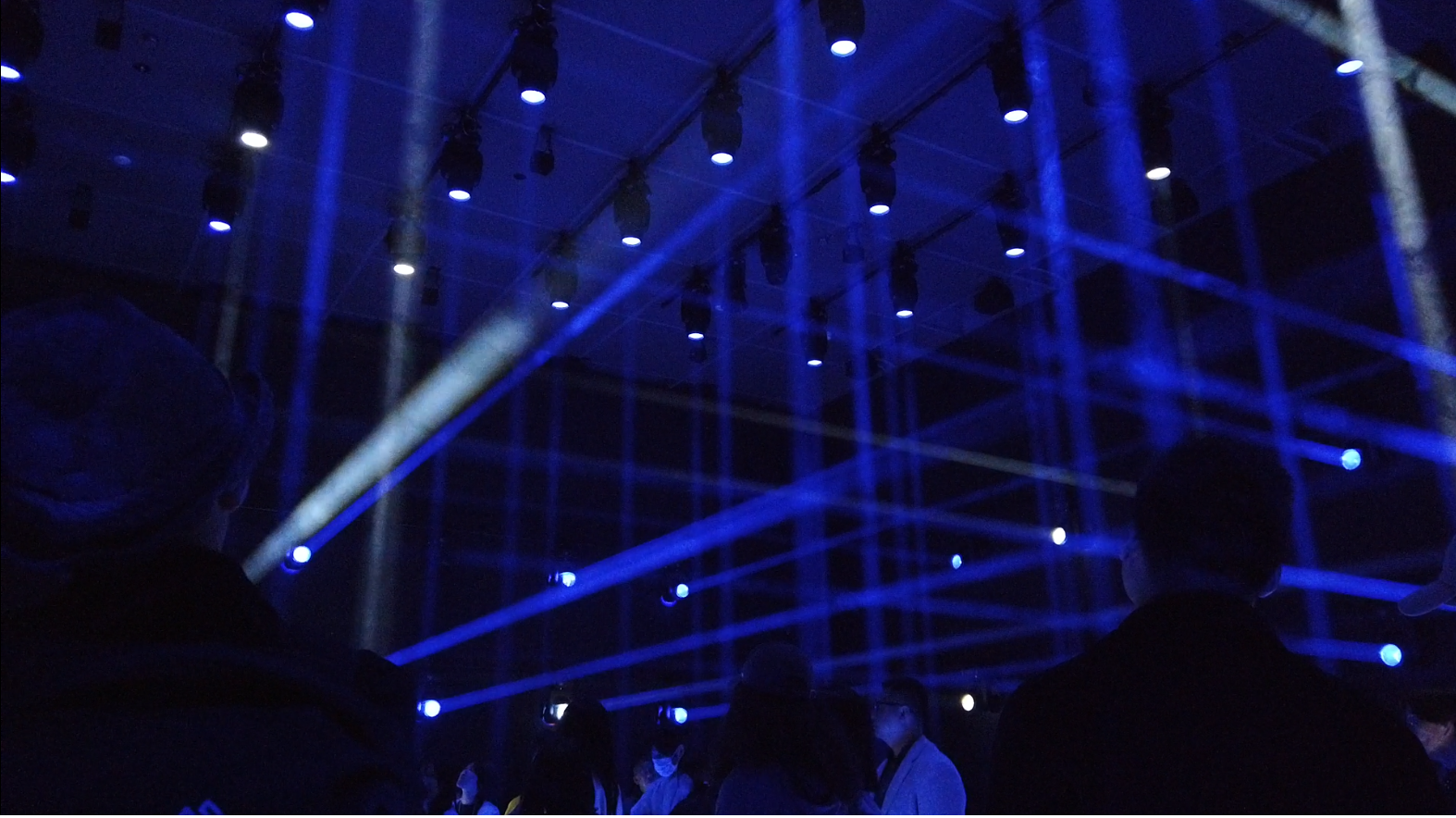
Q12. Did you engage in any conversations or interactions with the staff, curators, or performers at the Korea Pavilion? If so, could you share any insights you gained from those exchanges?
Since the experience is mostly self-guided through the three main rooms, my interactions with staff were primarily at the entrance. I have visited many pavilions, and you can often sense how staff feel about their roles just from those brief exchanges. At the Korea Pavilion, I was glad to notice a friendly and welcoming vibe from the team. They seemed genuinely enthusiastic, which helped set a positive tone right from the start and made me feel more relaxed as I went through the exhibit. That sense of openness and warmth also reflected the pavilion’s theme of inclusivity, making the experience feel more personal and inviting.
Q13. From a content creator’s perspective, what do you think is the broader significance of Korea’s presence at Expo 2025 for global audiences, particularly those who may not yet be deeply familiar with Korean culture?
I think visitors will naturally expect Korea to present a technologically advanced exhibit, especially since Korean electronics brands are now world-famous. What stood out to me, though, was that the pavilion didn’t feel the need to start from square one by introducing the country in a basic way, as some other Asian pavilions did. Instead, the curators seemed confident enough to tell different stories and lean on Korea’s existing cultural capital. That approach allows audiences to discover new dimensions of Korean creativity and innovation, while still recognising the strong foundation that has already made Korea known worldwide.
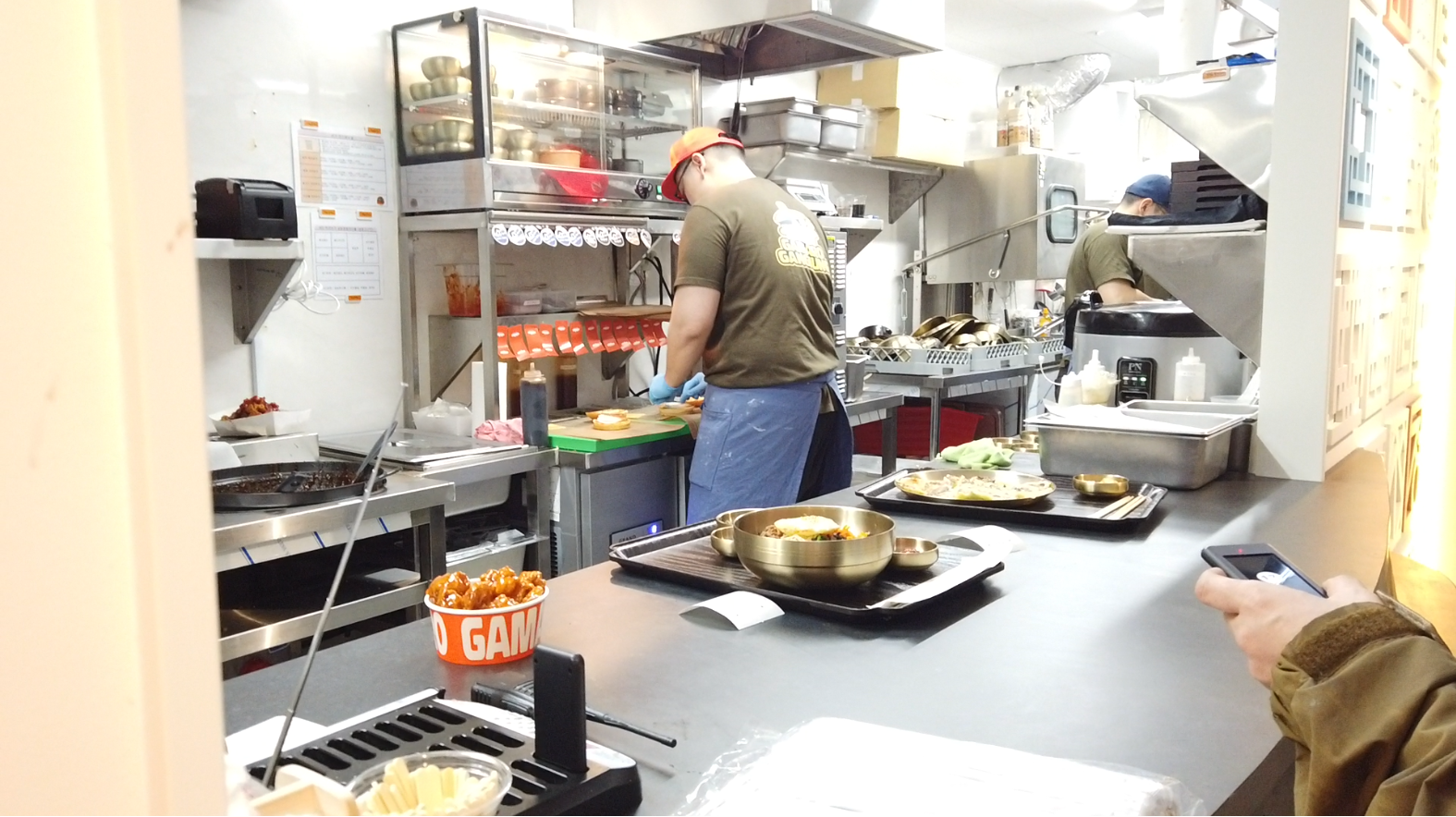
Q14. Looking ahead, do you plan to revisit the Korea Pavilion or feature any follow-up content related to its evolution throughout the Expo’s run?
I would like to visit again! Taking video clips of all the pavilions was fun, but sometimes I was focusing more on that and not living in the moment. So I want to go again and let myself experience it a bit more freely this time. I also ran out of time, so I’d like to check out the restaurant too. Since food is such a big part of Korean culture, I think trying the dishes there would add another dimension to the experience.
Q15. Lastly, is there anything you would like to share with international readers of Korea.net who are curious about the Korea Pavilion or planning to attend the Expo?
I highly recommend visiting the Korea Pavilion. It captures both Korea’s technological innovation and its cultural creativity in a way that feels very immersive. Even if you are not already familiar with Korea, the pavilion gives you a chance to connect with its ideas and stories on a personal level. It is also easy to enter without a reservation, so do not miss the opportunity. For anyone who wants to see more perspectives, exploring pavilions from different countries is valuable too, but the Korea Pavilion is a must-see experience.
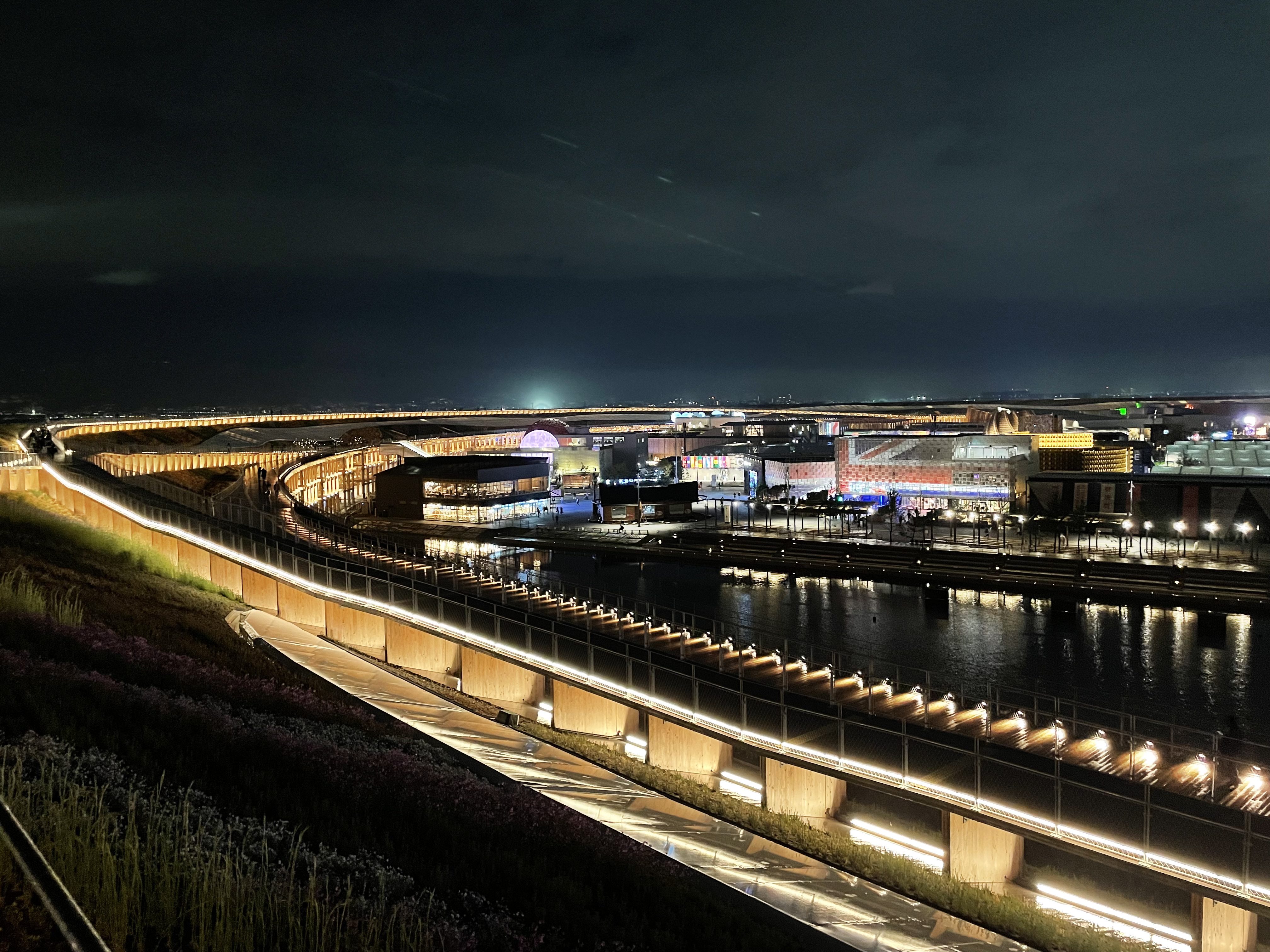
My conversation with David underscored one clear takeaway: the Korea Pavilion at Expo 2025 is not just a showcase of innovation and design, it is a window into the creativity, ambition, and cultural storytelling that Korea brings to the global stage. The information David provided reinforces that the Korea Pavilion is not merely a location for a temporary exhibition. It is indicative of how Korea presents itself as a country that is engaged with its innovative and creative identity and enters global and intercultural exchange.
The spectacular visuals and cultural nuances inspire a reminder of Korea's aspiration for the future while having an insatiable respect for traditions. David's account represents an important consideration for potential international visitors to the Korea Pavilion. His experiences demonstrate why the Korea Pavilion should be on your to-do list. The pavilion allows you not only to experience what it means to have advanced presentations/headset karaoke-style experiences, immersive exhibits, but it also conveys a story about Korea's position as part of the global community. And a reminder in a setting where so many other nation states have come together to share their dreams, the Korea Pavilion reminds us about how Korea continues to engage, inspire, connect, and invite people into the future.
How about this article?
- Like7
- Support1
- Amazing0
- Sad0
- Curious0
- Insightful0


